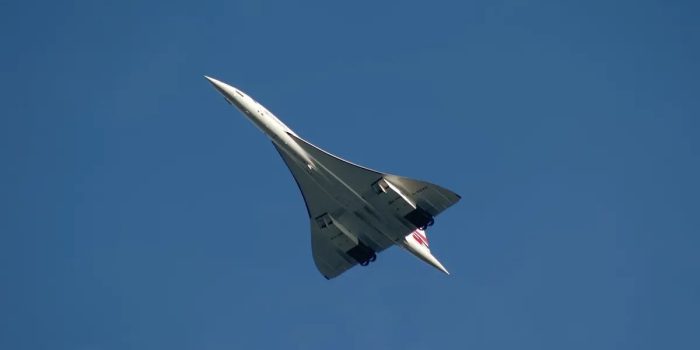In 1973, the Concorde 001 embarked on a pioneering expedition that left an enduring imprint on the annals of eclipse history. Departing from Las Palmas in the Spanish Canary Islands, the Concorde soared to an altitude of 55,000 feet, extending the totality duration during a solar eclipse to an impressive 74 minutes, a feat unparalleled in conventional observations, where the eclipse typically lasts a mere 7 minutes and 4 seconds.
The flight marked a collaborative endeavor involving scientists from France, Britain, and the United States, accompanied by observers from prestigious institutions such as the Los Alamos National Laboratory, the Paris Observatory, and the University of Aberdeen. Their primary aim was to scrutinize various aspects of the sun’s corona, chromosphere, and light intensity above Earth’s atmosphere during the eclipse.
“We intercepted the totality and stayed within it for 74 minutes before descending and landing in the African nation of Chad,” recounted Donald Liebenberg, a scientist from Los Alamos National Laboratory on the flight.
“At 74 minutes, our group aboard the Concorde set a record for the amount of time spent in totality that has never been broken. It was an experience I will never forget.”

As anticipation builds for the next total solar eclipse scheduled for April 8, 2024, the legacy of Concorde 001’s extraordinary expedition continues to inspire eclipse aficionados worldwide. Although the Concorde has since retired, the demand for both supersonic and eclipse flights remain robust.
Despite subsequent attempts by both Concorde and other flights in 1999, none have managed to replicate the magnitude of this remarkable accomplishment set by the Concorde’s 1973 journey, which established an unmatched record for the longest duration spent in totality by any aircraft to date.
Flying very fast over Africa, the Concorde followed where the shadow of the moon went. It raced at 1,500 mph, going through countries like Mauritania, Mali, Nigeria, and Niger, until it landed in Chad. On this amazing trip, scientists saw the whole eclipse and also watched special things like Baily’s beads and the “diamond ring effect” when the eclipse started and finished.

Airlines such as JSX, United, and Delta now offer specialized flights traversing the path of totality, catering to enthusiast’s keen on experiencing this celestial phenomenon. Additionally, advancements in commercial supersonic flight technology, spearheaded by NASA’s QUESST mission and Boom Supersonics’ endeavors, promise a potential revival of supersonic travel.
NASA’s X-59 and Boom Supersonic’s XB-1 demonstrator signify significant progress in this regard. Furthermore, in 2019, LATAM Airlines doubled the duration of totality for passengers aboard a Boeing 787-9 Dreamliner, indicating the burgeoning interest and investment in eclipse tourism.


